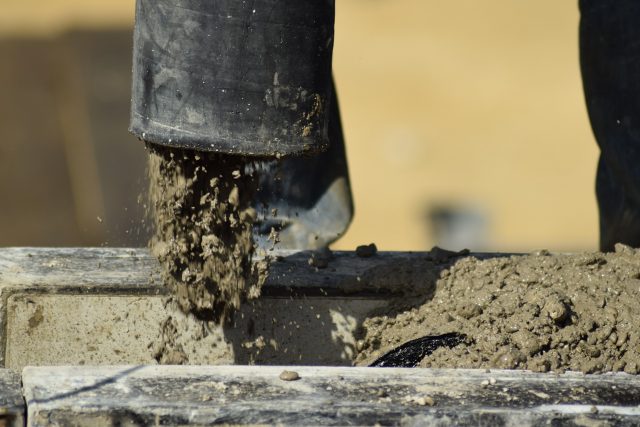
It is widely believed that concrete is in fact, the most commonly used man-made material that is used in the construction industry. It is a vital component in the construction not only of buildings but also roads, dams, and bridges. It is used for several different structural applications as well as for drains, pipes, paviours and kerbs.
What is concrete?
Concrete is a composite material; it is made up of cement, water, and some form of aggregate. This might be gravel, sand or even rock. The materials are mixed together to form a “paste” which will harden over time.
On its own, concrete has several applications, mainly those that do not require high tensile strength. However, to withstand heavier loads or stresses like vibrations and wind loading, reinforcement rods are often embedded within the concrete, significantly improving its durability.
In order to use it for it to be used more widely in the construction industry, it is necessary for steel reinforcement to be added to concrete, thereby creating a much more versatile composite. The addition of steel to concrete in this way offers a material that can resist a range of applied forces. The steel and concrete can form a strong bond, and this makes them a very versatile and practical single structural element that is so widely used in construction.
How is concrete used in construction?
Concrete on its own can be used for a variety of applications, it is not an incredibly expensive material to use, has a relatively long life, and there are few requirements for maintenance associated with it. It is a non-combustible material and is strong in compression. Whilst it is still in its pre-hardened state, it is a very pliable material and can be shaped relatively easily. Its composition can be altered to make it a harder, or softer substance by using different ratios of aggregate in the mix.
Whilst much of the concrete that is used in modern construction is used for the basic “building blocks” of a structure such as the floor or the foundations, it has a far wider range of applications.
In recent years concrete has become a much more popular choice of construction material for bridges, ranging from shorter bridges to much longer ones. Some of these bridges are made only from steel-reinforced concrete, for example, the Waixian Bridge in China whilst others such as the Pont de St Nazaire in France are constructed using a range of materials. This bridge is constructed using two prestressed concrete viaducts supporting a cable-stayed metallic frame – built-in 1975 the bridge held the record for the longest ones of its type ever built for 8 years.
Concrete buildings do not have to be devoid of character either; not all of them are made up of basic square construction that people more commonly associate with the idea of a concrete structure. The tallest building in the world, the Burj Khalifa, in Dubai UAE is a fully reinforced concrete tower structure. The building is a staggering 828m in height and took 6 full years to construct. This was the first building of its kind to attempt to create such a height and using reinforced concrete to do so. Its construction is a testament to the designers who created it and who were able to employ some of the latest technology’s and innovations in structural design to do so.
The limitations of concrete, in particular steel-reinforced concrete, are changing all the time with new advances in understanding and technology driving the ways in which architects and constructions companies can utilise this underrated material.












